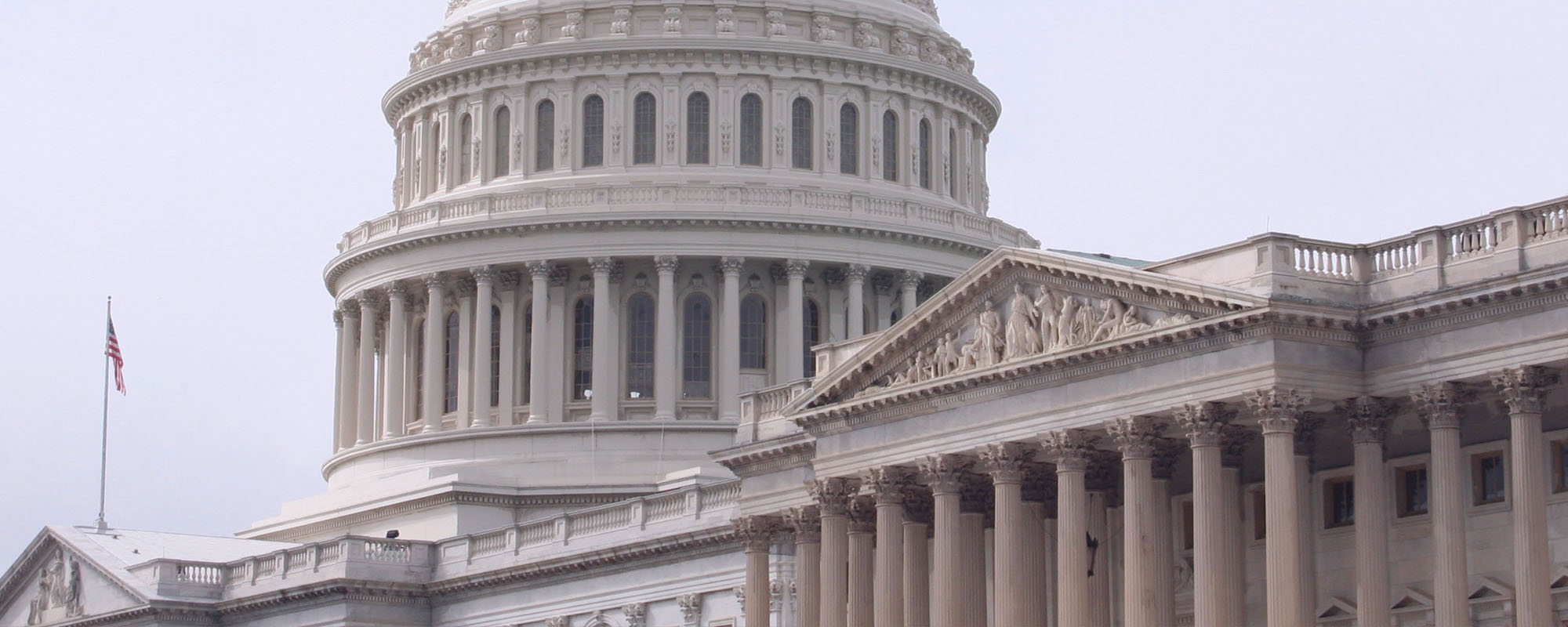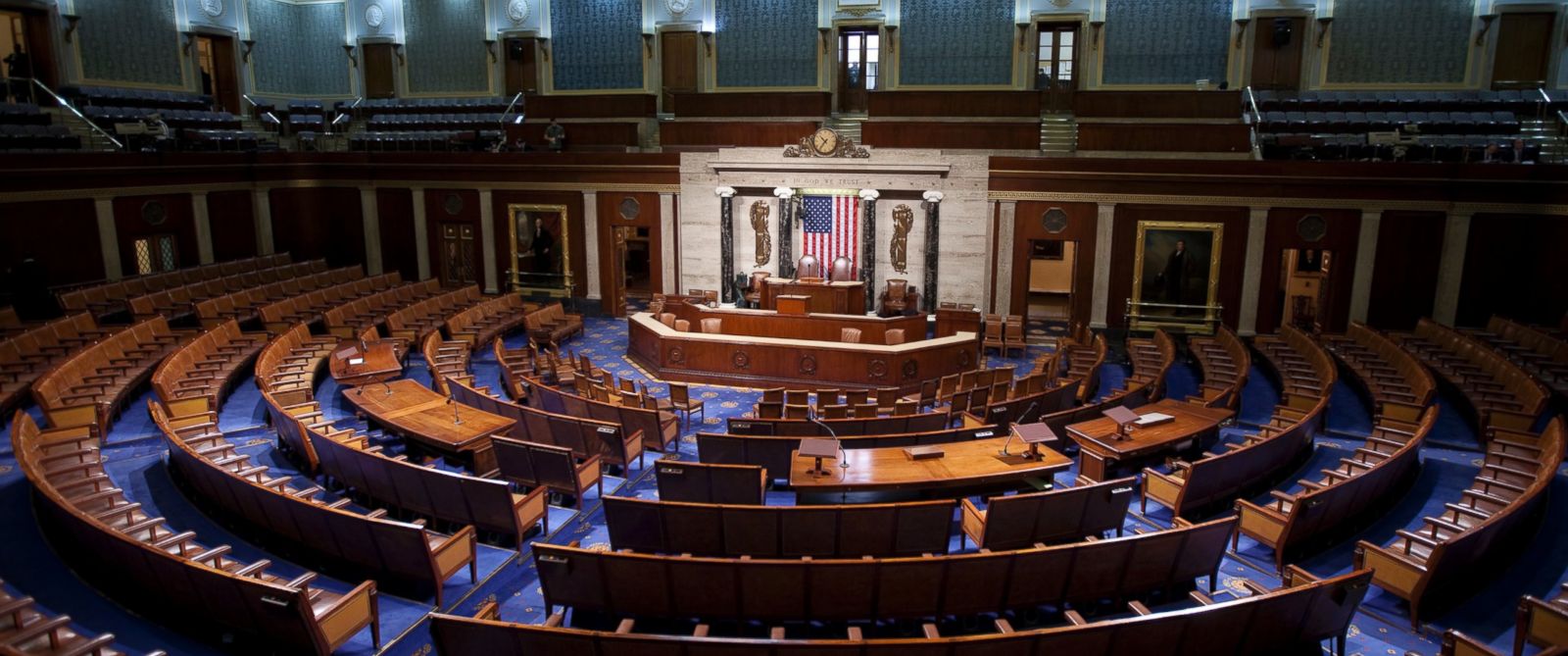The Empty Capitol
Troops of the Capitol Protection Division maintain the fence around the building
The Long Congress Is the name for the 74th National Congress of the United States. Being inaugurated into office in 1935, just two years into the Congress's term President Murray was forced to flee Washington by General MacArthur. When President Murray, operating from Atlanta at the head of his Constitutional American Republic, ordered the Congress to join him, he was refused. While ODP Congressmen did go South, both Liberal and Conservative members who stayed loyal to the Government instead were herded on a series of planes by MacArthur and sent to Denver where Omar Bradley had secured the Rockies and had set up a Western Military District. With only Northern VA, Maryland and Delaware staying loyal to the US on the East Coast it was deemed to hazardous for Congress to stay in DC. So the Rump Congress met in Denver and waited out the War. However, after MacArthur entered Sacramento and put down the last embers of rebellion many assumed he would step down as promised, return rule to Congress and allow for free elections. However the Congressional delegation back to Washington was snubbed and when they finally met with MacArthur after two months of waiting, were instead arrested. MacArthur had no intention of stepping down. Congress instead hedged its bets on Bradley who profusely declared up and down he would restore Congress after putting down the despot MacArthur. Congress was then forced to watch in horror as MacArthur's battle hardened troops painted the Rockies red. clearing every mountain fortress methodically. Before long Denver had fallen and Congress, having nowhere to go, dispersed. MacArthur responded by declaring that Congress was still in session and would remain in session until they declared themselves to be dissolved. To do that, they would have to submit a public document. No Congressmen did so and so, technically, Congress remained in session.
To this day the 74th Congress remains in session. While MacArthur died and the JCS have toyed with the idea of either restoring the institution or doing away with it completely they have yet to choose one way or another. Instead the Capitol stays empty, a silent memorial to the democracy that died almost a century ago. While all the Congressmen have since died or faded into obscurity, state governments, on the urging of the Military, have appointed new Congressmen, and some women, to take their place should Congress ever reconvene. The building is today guarded by the Capitol Protection Division, a largely ceremonial but highly professional group of soldiers who patrol the fence around the building and keep anybody out. Inside the building is maintained by the National Heritage Association, which also maintains other monuments around the city. Few expect the military to give up power, though the winds do seem to be changing. Recently protesters have gathered at The Fence nearly every day demanding that Congress be brought back. The Military, never fully on board with MacArthur's junta in the first place, have numerous on record plans to bring back Congress and organize elections. Some even whisper of a counter-coup in the planning stages by the more liberal and younger junior officers to finally bring back democracy. No matter how much the people or even the military may want Congress back, the stalemate remains and the 74th National Congress is rapidly approaching its 96th year in session.



